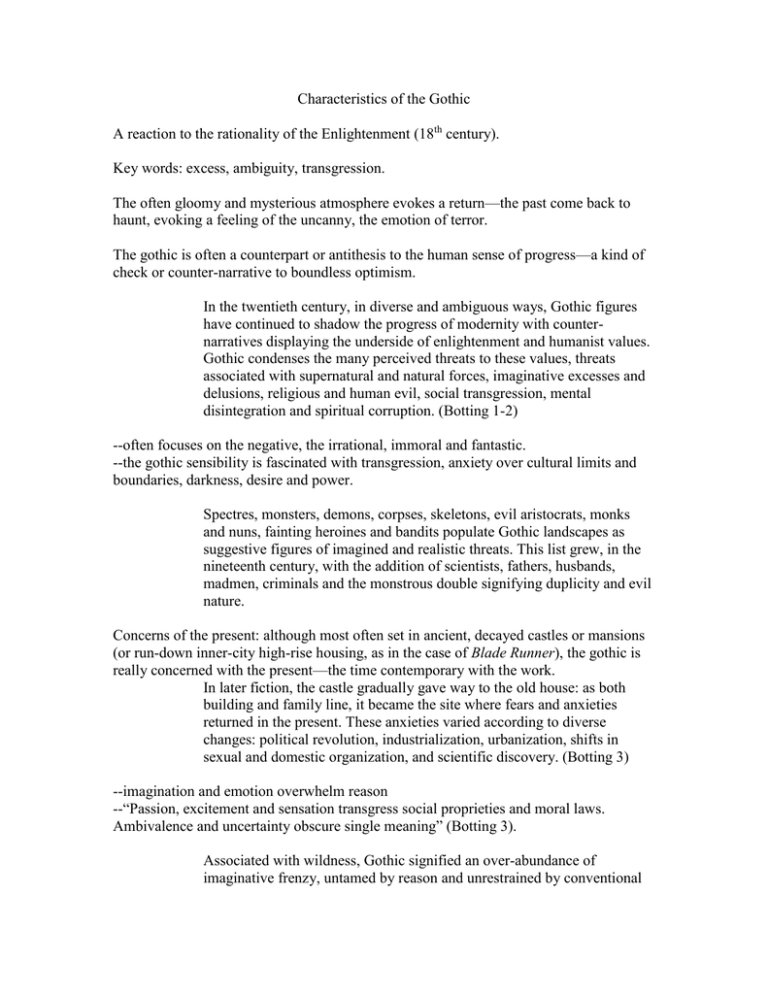

2 The interest of this pageant lies, instead, in its implicating Fuseli and his art in the wider culture of the Gothic in such a complete and complex way. Private theatricals were immensely popular among the well off in the later eighteenth century, and could take on elaborate forms encompassing the fantastical and medievalising imagery associated with the literary genre of Gothic Romance. Curious and amusing as the details of the pageant are, its significance does not lie in the mere fact of its taking place. Their family and friends assumed supporting roles, sporting costumes as fairies, monsters, knights and ladies, singing and dancing, and interacting with the lead players on cue. 1 Boothby, Fuseli, and the poet Anna Seward all took key roles in the pageant, dressing up, delivering their lines as supplied by Ryves, taking part in the carefully plotted action in different spots in the wood. Involving costume, elaborate stage effects, poetry (penned by the struggling Irish writer Elizabeth Ryves) and an all-singing, all-dancing finale, this midnight entertainment was intended to ‘suprize & amuse the great Wizard painter, who had no suspicion of ye scheme’. In the summer of 1783, the Derbyshire gentleman Brooke Boothby, famously pictured as the quintessential man of sensibility by Joseph Wright of Derby (fig.1), organised a Gothic pageant for the painter Henry Fuseli in the woods behind a house belonging to one Colonel St George, somewhere in England.

Ethics in Professional Life is a challenging and original text that is ideal reading for all students, practitioners and academics in the field of health and social care.Joseph Wright of Derby Sir Brooke Boothby Each chapter starts with examples from practice and ends with strategies for cultivating these key virtues in education and practice. Part II explores the key virtues of professional wisdom, courage, respectfulness, care, trustworthiness, justice and integrity. This approach, the authors argue, is a vital counter-balance to the recent emphasis in professional ethics on the regulation of conduct by rules and procedures. Virtue ethics bases ethical evaluations on the moral qualities or character traits of professional practitioners. Skilfully drawing on relevant moral philosophical literature, Part I offers a clear yet critical account of virtue ethics. What does it mean to be a good professional? What is the role of courage in professional life? How do we develop the moral qualities of respectfulness, justice and care? Firmly rooted in practice, this book is a timely exploration of the nature and value of a virtue-based approach to ethics in health and social care.


 0 kommentar(er)
0 kommentar(er)
